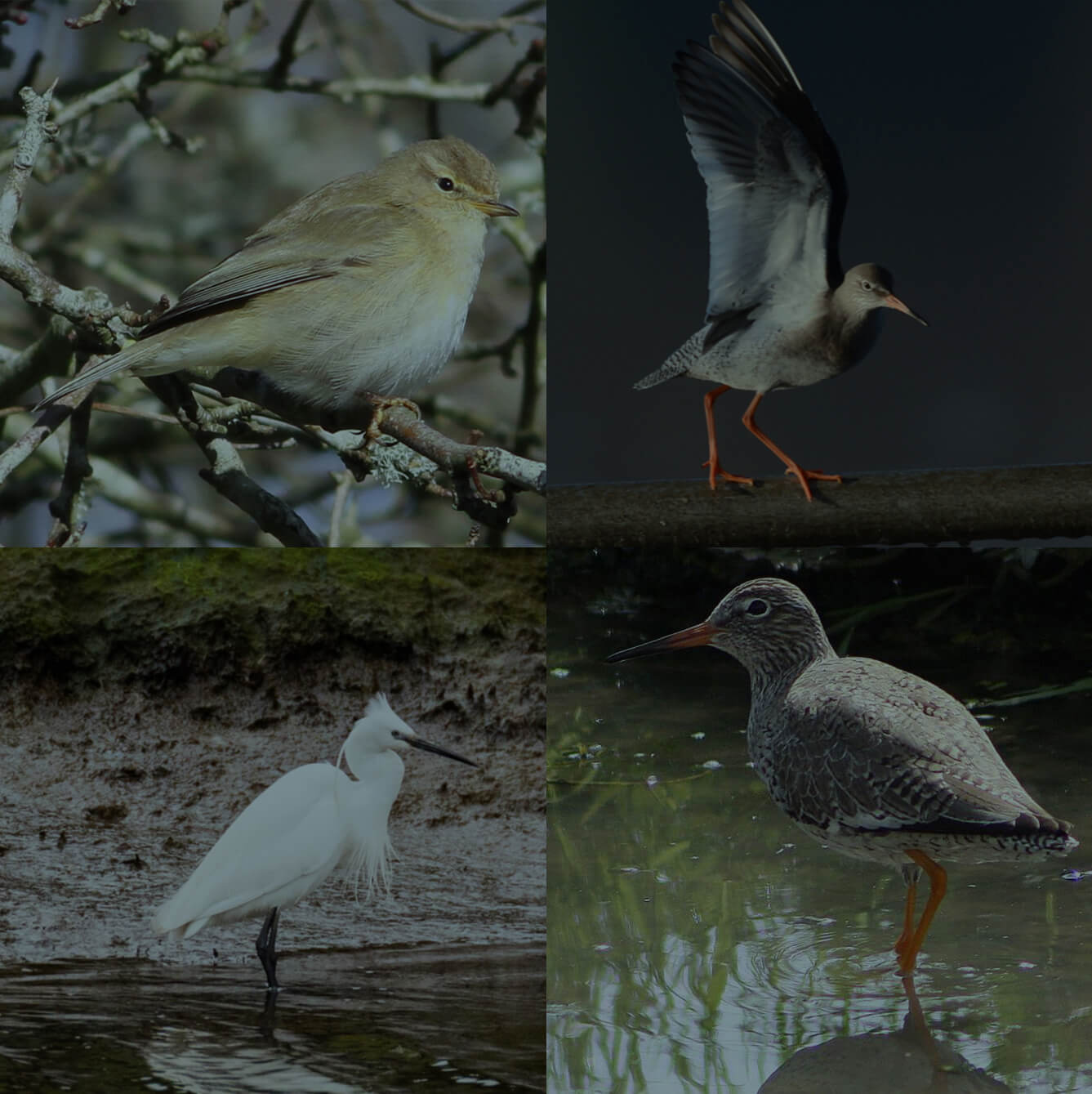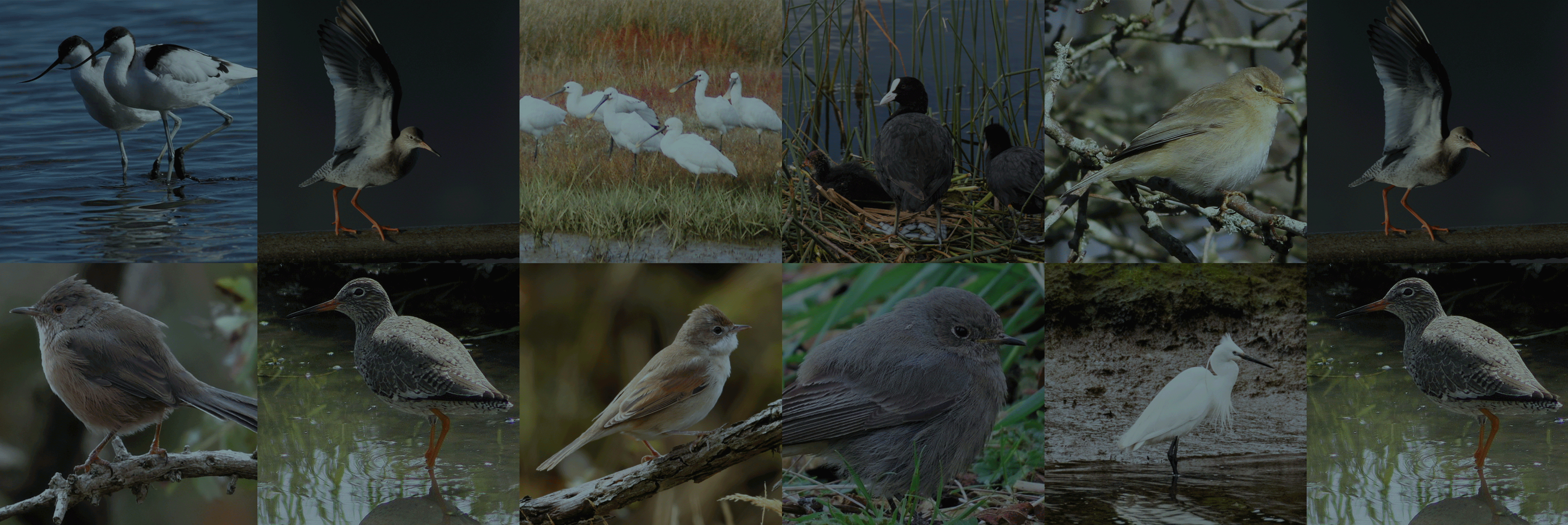An official account of all species that have been recorded and reported by birdwatchers and naturalists in the Poole Harbour area since records began.
The data for this list has been extracted from various sources, but George Greens 'The Birds of Dorset', Mansel-Pleydell's Birds of Dorsetshire, Naylor’s reference manual of rare birds and the back catalogue of Dorset bird reports have provided most information. Data is currently still being researched and records will be updated accordingly.
You can view this information in two different ways. Our alphabetical list provides information on the status of each species within the harbour, finder dates and names, photos and favoured locations. By clicking on the Systematic List button you will be presented the full Poole Harbour systematic list which includes status of species, pending records and historical accounts.
To date, 333 species have occurred and have been accepted within the Birds of Poole Harbour boundaries. A further 11 distinct subspecies have also been seen. In addition, we have two species/subspecies which have been recorded, but are awaiting acceptance by the appropriate records panel.
There are a handful of historical records, for which there is currently insufficient information to allow their inclusion onto the Poole Harbour list, but are believed to be genuine records. They are listed at the end of the list.
Finally, there are a number of feral or escaped species that have been recorded within the Birds of Poole Harbour boundaries. They are included for completeness, but are not included on the Poole Harbour list.
We would be interested in hearing details of any species that do not appeared on this list.
The Birds of Poole Harbour systematic list is a PDF which you can view by clicking on the button below. It was last updated on December 2019.
Full Poole Harbour Systematic List
Yellow Wagtail
Latin Name
Motacilla flava
Status
Passage Migrant
Site And Records Information
Passes through in very small numbers during the spring with any field containing cattle being a target. In the autumn passage is much stronger with flocks roosting and feeding in areas like Lytchett Bay, Greenland’s Farm, Hartland Moor, Swineham, Wareham Water Meadows and Holton Lee, but it’s worth checking any field containing cattle as there is a good chance you’ll see them feeding in amongst the cows feet! Listen out for their loud ‘pist’ calls on August and September mornings as they move from roost to feeding sites. 400 at Keysworth on 29th August 1987 is largest flock on record. 3 figure flocks are now rare, 150 at Lytchett Bay on 7th Sep 2014 the most recent.
The earliest is 1 at Lytchett Bay in sub-zero temperatures on 1st Apr 2013. There is one winter record from Studland on 10th December 1977.
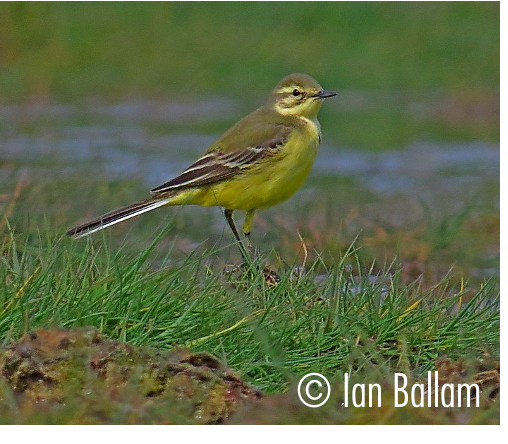
Yellow-browed Warbler
Latin Name
Phylloscopus inornatus
Status
Scarce Autumn Passage Migrant
Site And Records Information
Fifty years ago Yellow-browed Warbler were an extreme rarity to the UK, and needed a description written to the BBRC (British Birds Rarity Committee) for the report to be considered for acceptance. On 11th October 2018 an estimated 500 Yellow-browed Warbler were seen across the UK highlighting the drastic change in status of this delightful bird. In recent years Poole Harbour has seen its fair share of them too with 16 records in 2016 alone. Scanning through Long-tailed Tit flocks anywhere around the harbour could yield a Yellow-browed Warbler with several lucky birders in Poole even having them in their gardens! October and early November are the best times but there have also been a couple of over-wintering records too.
First record – 1 on 17th October 1971 Studland Heath
1 on 29th September 1985 at Little Sea
1 wintered at Border Drive, Lytchett Bay It was first discovered on 5th Dec 2003 staying until 24th Jan 2004
1 on 5th October 2008 at Middle Beach, Studland
1 on 16th October 2008 at South Haven, Studland 1 on 25th October 2008 at South Beach, Studland
1 on 19th October 2011 near Pilot’s Point, Studland
1 on 5th November 2011 at Studland
1 on 19th and 20th October 2012 at Poole Park
1 over wintered at Knoll Beach, Studland 2013 until April 4th 2014
1 on Brownsea Island 3rd Oct 2014
1 on 12th October 2014 at Glebelands, Studland
1 on 12th October 2014 at Swineham GP
1 on 27th October 2014 Lytchett Bay
3-4 individuals located along the Studland Peninsular in October 2014. South Haven, Ballard, Glebelands, Knoll beach, Middle Beach
1 at South Haven, Studland on October 2nd 2015
2016
October 2016 saw an unprecedented influx with numerous sightings and ringing records.
1 on 28th – 29th September 2016 at Coombe Heath, Arne (L.Philipps et al)
3 on 3rd October 2016 at the PCW Drain (P.Morton et al)
3 on 4th October 2016 at the PCW Drain with one newly ringed (P,Morton et al)
1 on 4th October 2016 in an Oakdale garden (I.Ballam)
2 on 6th October 2016 at PCW Drain, both newly ringed (I.Lewis et al)
3-5 on October 6th 2016 at RSPB Arne (numerous reports, but three together on the Shipstal Trail with reports from elsewhere on the reserve).
1 on 7th October 2016 at the PCW Drain newly ringed (I.Lewis et al)
1 on 8th October 2016 newly ringed at Lytchett Bay (B.Gifford et al)
1 on 8th October 2016 at RSPB Arne (Arne staff et al)
1 on 9th –10th October 2016 in Chads Copse, Lytchett Bay (I.Ballam et al)
1 on 10th October 2016 in the Arne car park (L.Phillips et al)
1 on 11th October 2016 at Lytchett Heath, newly ringed (S.Robson et al)
2017
1 on 5th Jan 2017 at Greenlands Farm, Studland (B.Edge)
1 on 8th Jan 2017 on Lytchett Heath (M.Constantine, M.Robb, N.Hopper, P.Morton)
1 on 10th Jan 2017 at East Holme (H.Murray)
1 on 26th & 27th Jan 2017 at Cabots Lane, Poole – (K.Lane et al)
1 on 20th Sept on private site at Arne (MJ Lawson)
1 on 24th-26th Sept in and around the Arne RSPB car park (Arne staff)
1 ringed on 17th Oct 2017 at Ballard Down (O.Slessor)
1 ringed on 26th Oct 2017 at Ballard Down (O.Slessor)
1 on 27th Oct in an Oakdale garden (MJ Lawson)
2018
1 ringed on 8th Oct 2018 at Ballard Down (O.Slessor)
1 ringed on 9th Oct 2018 at Ballard (O.Slessor)
1 in PCW Drain 15th Oct 2018 (I.Ballam)
1 on Ballard Down 16th October 2018 (P.Morton et al)
1 ringed on 5th Nov 2018 at Ballard Down (O.Slessor)
2019
1 at Lytchett Bay View from 4th-9th Dec.
1 at Broadstone on 13th Mar was the only spring record, and 1 also at Broadstone on 1st Nov.
2020
1 at Cold Harbour, Wareham Forest on 16th & 17th Oct.
1 at Lytchett Heath 11th Oct
1 at Upton CP 19th Oct
2021
1 in private garden Broadwater Avenue, Poole on 8th Feb and possibly the same bird on 12th Feb in Trigon Road, Poole.
2023
1 in Liliput Cemetery, Poole on 19th Oct 2023
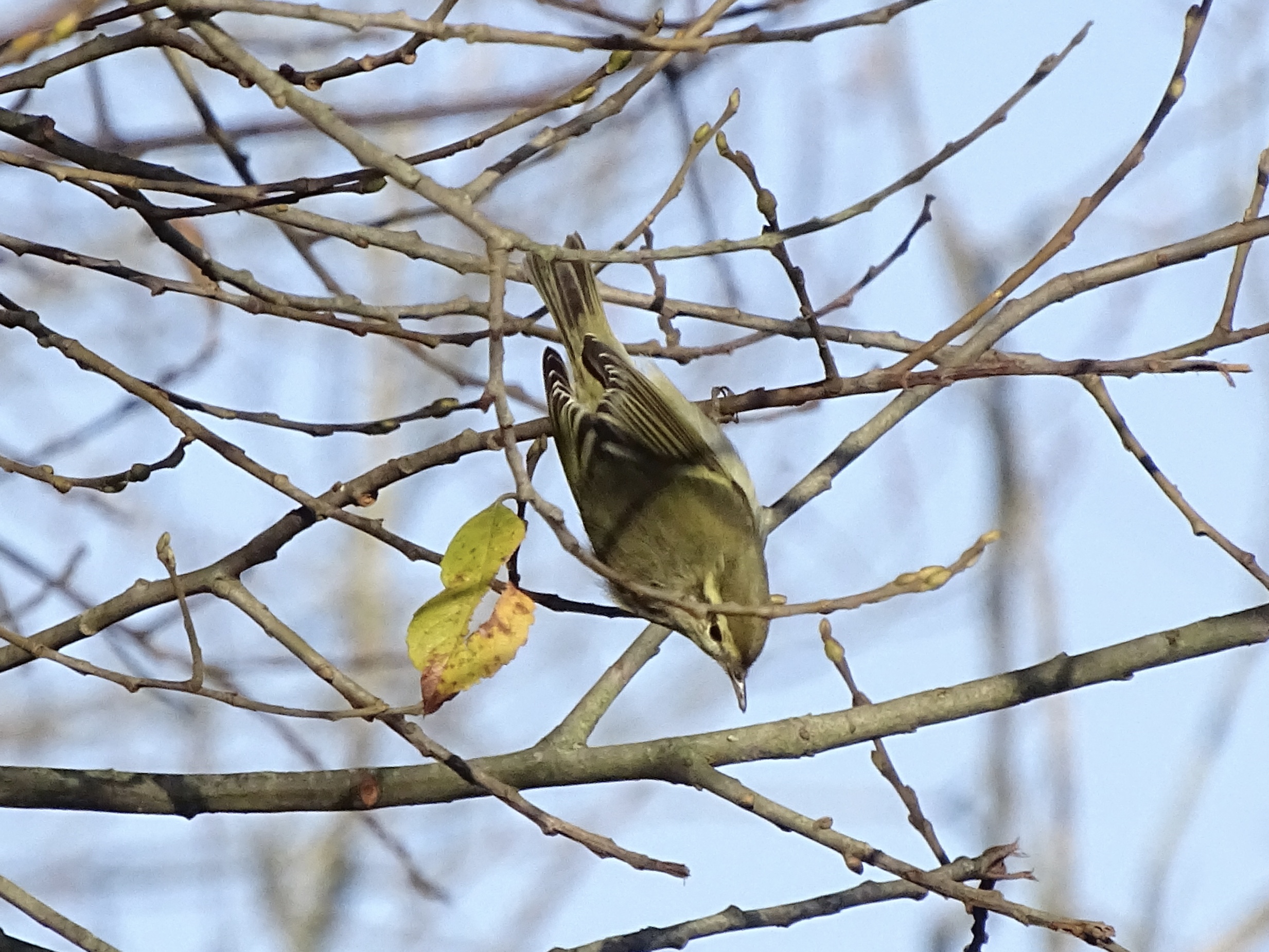
Yellow-legged Gull
Latin Name
Larus michahellis
Status
Resident
Site And Records Information
Poole Harbour was possibly the best site in the county and one of the best in the country to see this gull. Britain’s first attempt at breeding occurred on Brownsea from 1996-1999 where they only successfully raised two young in 1997 and again in 1999. Breeding then continued to 2017 when sadly one of the adults disappeared and breeding stopped. At the time it was considered to be the only pure breeding pair of Yellow-legged gull in the UK. Kerry Foods on the edge of Holes Bay is the best known site with up to ten birds present throughout the winter months and by May at least 40 birds, mainly sexually immature 1st and 2nd summers, are present. Numbers peak in late August and September when over 300 birds have been present (max 312 Sept 2001). This was a considerable increase on the previous harbour max of 210 on 12th August 1999. Up to 50 birds have also been recorded in Lytchett Bay with the timing of the maximum counts matching those at Kerry Foods.
At least 40 birds have been seen at Corfe Mullen Tip over the years presumably from nearby Holes Bay. Birds can be watched leaving the tip and heading towards Holes and Lytchett Bay. With the Wareham Channel in the distance this gives a good vista from which to study where most gulls are heading when the tip shuts at 5pm.
Post 2020 it has become a much scarcer bird to find, although they can still be found in late summer/early autumn at ‘new’ traditional sites such as Swineham and RSPB Arne Moors. It’s still a regular in Middlebere and Holes Bay still logs records, although far fewer than during the 1990’s.
Recent records:
2023
Holes Bay – Singles on 1st Jan, 5th & 8th Feb.
Lytchett Bay – 4 bird-days between 23rd Jan and 6th Feb.
Middlebere – 1 on 5th Jan.
Holes Bay – Singles on 5th Mar, 8th Apr and 10th May.
Lytchett Bay – 1 on 6th Mar, 3cy on 13th Apr and 1 on 17th Apr.
Arne RSPB – 7 bird-days between 4th Jul and 15th Nov.
Holes Bay – 7 bird-days between 10th Jul and 30th Sep, max of 3 on 30th Sep.
Holme Lane GP – 1 on 22nd Jul.
Lytchett Bay – 1 on 22nd Jul, a 3cy on 2nd Aug and a juv on 19th Aug.
Middlebere – 7 bird-days between 23rd Jul and 23rd Sep.
Poole Harbour – 2 in the Wareham Channel on 25th Jul.
Poole Park – 1 on 24th Jul and 31st Aug..
Swineham Point – 3 on 28th Jun, with up to 2 in Jul and a max of 9 on 7th Aug. Other counts included 6 on 8th Aug, 7 on 21st Aug and 4 on 25th Aug, with 1 on six dates in Sep and on 17th Oct.
Holes Bay – 1 on 31st Dec.
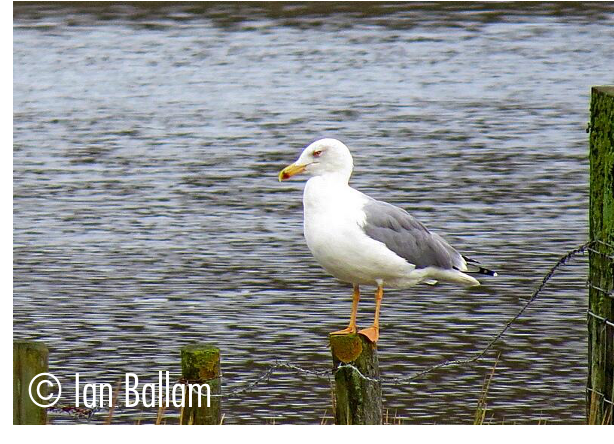
Yellowhammer
Latin Name
Emberiza cirlus
Status
Resident
Site And Records Information
There used to be 31 breeding pairs at Arne RSPB Reserve in 1980 and now there are none. Breeding is now confirmed at Challow Hill, Corfe, Ballard and Godlingston. They are also regular passage migrants in the autumn as local birds depart and others arrive. Winter flocks are also rare but they have occurred around the farms that boarder Hartland Moor such as Scotland Farm and also Greenlands.
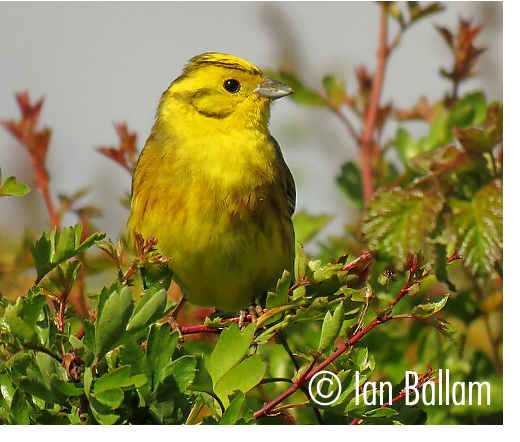
Call 01202 641 003
© 2025 Birds of Poole Harbour Registered Charity No. 1152615

